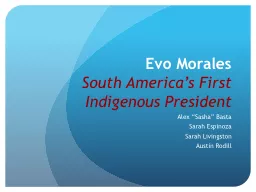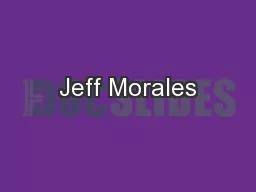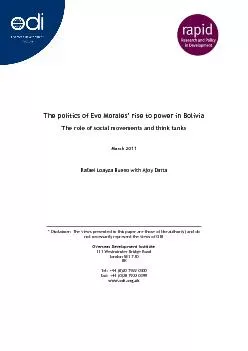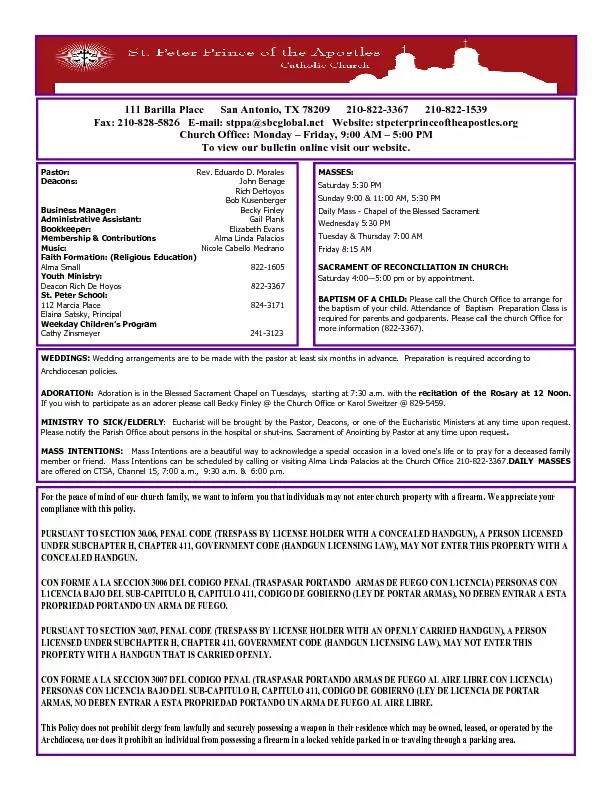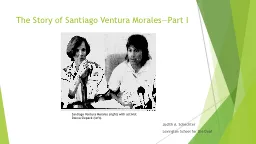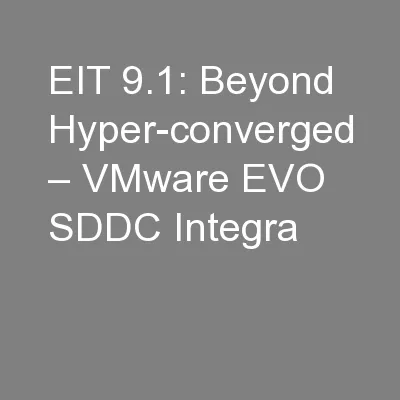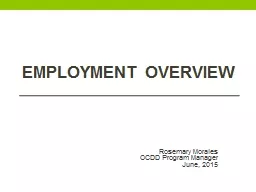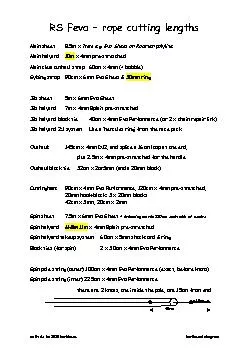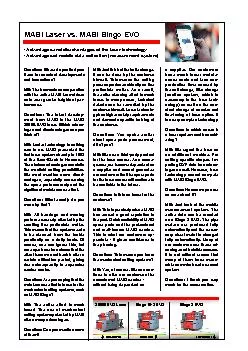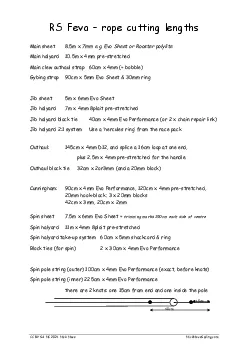PPT-Evo Morales
Author : calandra-battersby | Published Date : 2017-03-24
South Americas First Indigenous President Alex Sasha Basta Sarah Espinoza Sarah Livingston Austin Rodill Evo Morales Born October 26 1959 in Isallavi Bolivia
Presentation Embed Code
Download Presentation
Download Presentation The PPT/PDF document "Evo Morales" is the property of its rightful owner. Permission is granted to download and print the materials on this website for personal, non-commercial use only, and to display it on your personal computer provided you do not modify the materials and that you retain all copyright notices contained in the materials. By downloading content from our website, you accept the terms of this agreement.
Evo Morales: Transcript
Download Rules Of Document
"Evo Morales"The content belongs to its owner. You may download and print it for personal use, without modification, and keep all copyright notices. By downloading, you agree to these terms.
Related Documents

